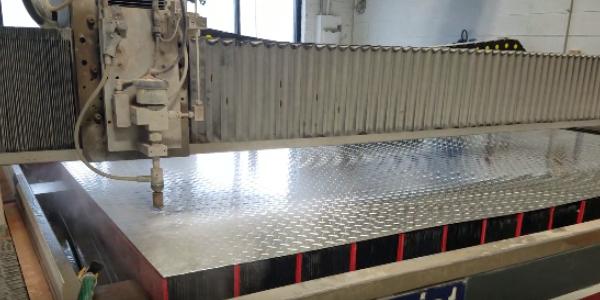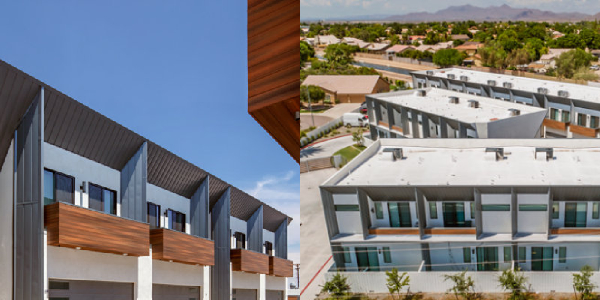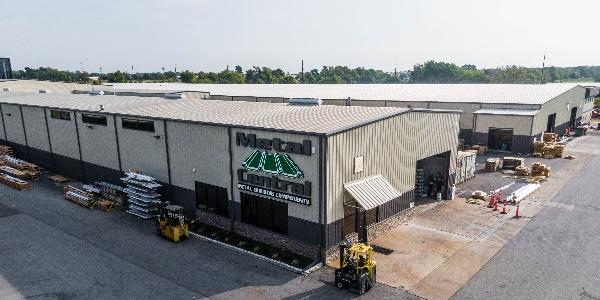UP TO THE MINUTE
Understanding Combustible Materials in Metal Exterior Cladding

By Dani Sheehan.
Fire safety is directly related to the materials within a metal wall assembly. See where building codes may fall short and how you can mitigate risk in building construction.
There are incredible benefits to using metal wall systems, including the durability and longevity they provide for a building, little to no required maintenance and their noncombustible properties. However, when deciding on metal materials for a new project, it is important to understand the building codes for each, as not every material is the same. The International Building Code (IBC) recently added a dedicated section for Metal Composite Material (MCM) panels.
As defined in IBC Section 703.3 (2021), there is an exception to the compliance requirements for noncombustible material that addresses the paper facing on gypsum wallboard. Manufacturers fabricating laminated panel materials with an aluminum core often claim their own compliance for noncombustible materials based on this exception, but this is an inaccurate representation of the definition. In the 2024 IBC, Section 1402.8 has been added to address this, recognizing that there is some risk of combustion when combustible adhesives are used in exterior wall cladding – as they are in materials laminated together with an adhesive layer and aluminum core. In a technical bulletin by the Metal Construction Alliance (MCA), the new section of the IBC is explained. Metal laminate panels used greater than 40 feet above grade must now meet the same performance requirements as MCM panels and are subjected to NFPA 285 testing.
These changes are meant to promote safe construction practices. The MCA recommends that these materials undergo NFPA 285 testing because a number of components on the wall assembly can affect fire safety. This test measures vertical and lateral flame spread of the layers within a wall panel and is an important part of building code compliance. In general, ASTM E136 can be used as a pass/fail test for material combustibility, but as this MCA white paper explains, laminated or coated materials cannot be tested with this standard and there is currently no alternative testing available. Understanding the components in a wall system and how each contributes to combustion is invaluable in the construction industry. While the IBC recognizes certain exceptions to ASTM E136, additional testing can ensure the safety of a building and its inhabitants.
Learn more about Metal Construction Association (MCA) in their Coffee Shop Directory or visit www.metalconstruction.org.
About Dani
Dani is a writer for The Coffee Shops and AskARoofer™. When she's not writing or researching, she's teaching yoga classes or exploring new hiking trails.
Recommended For You

Waterjet cutting machinery – getting the ultimate precise cut!
Read More ...
Breaking the mold using coil coatings
Read More ...
Supporting contractors with nationwide reach and local expertise
Read More ...













Comments
Leave a Reply
Have an account? Login to leave a comment!
Sign In